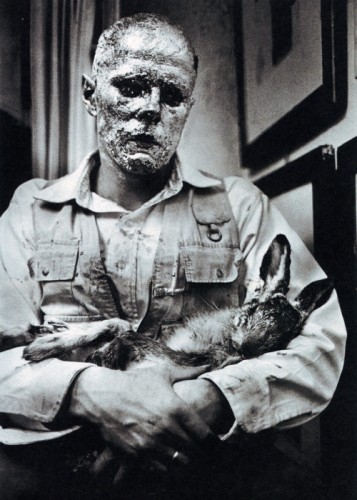Sticking with “The Myth of Sisyphus” for the moment, what would a Sisyphean politics look like? This is not an easy question to answer since the theory of the absurd sets itself against all the narratives that might provide a framework for a particular political position. The absurdist is first and foremost a theorist, not a political agent, and the highest virtue for the absurdist is lucidity, and it is this that undermines the foundations of the narratives so important to political actors.
So what is the political upshot of absurdism? Material for an answer to that question is to be found in an excellent article by Robert Zaretsky. He describes the political turmoil in Algeria at the end of WWII – a situation that Camus had to take a stance on, one way or the other. Here is how Zaretsky describes the outbreak of hostilities between the French, the Arabs and the Berbers in Algeria:
“The killing began in 1945, when Arab nationalists in the town of Sétif held a demonstration marking France’s liberation from Germany. Someone fired a shot; guns and knives replaced banners and flags; rampaging protesters overwhelmed the small police force and murdered more than one hundred French residents. As massacres go, this was especially horrific: women’s breasts were sliced off; men’s genitals were stuffed into their mouths. France’s response was equally appalling: organized repression and vigilante violence seized the region for the next several days. More than fifteen thousand Arabs and Berbers were killed, often in grisly fashion.”
How does Camus (who is both Algerian and French) respond? He can side neither with the Algerian nationalists nor with the French colonialists. He walks, instead, into no-man’s land and calls for dialogue – for justice for everyone within Algeria, regardless of their nationality. Zaretsky describes one public meeting where Camus hoped that a dialogue between the warring sides might begin:
“Camus began to speak: “This meeting had to take place,” he declared, “to show at least that an exchange of views is still possible.” He asserted that he was a private, not public, figure. But with war seeping into the realm of the private, he and his colleagues had stepped forward, in the knowledge that “building, teaching, creating [are] functions of life and of generosity that could not be pursued in the realm of hatred and bloodshed.” We must not deny, Camus continued, historical and demographic facts. In Algeria “there are a million Frenchmen who have been here for a century, millions of Muslims, either Arabs or Berbers, who have been here for centuries, and several rigorous religious communities.” Yet extremists were trying to deny this reality by terrorizing not just the other side, but also the moderate members of their own ethnic groups. If both sides did not open a dialogue, the Frenchman will make up his mind “to know nothing of the Arab, even though he feels somewhere within him, that the Arab’s claim to dignity is justified, and the Arab makes up his mind to know nothing of the Frenchman, even though he feels, somewhere within him, that the Algerian French likewise have a right to security and dignity on our common soil.” If each and every Frenchman and Muslim did not make an honest “effort to think over his adversary’s motives,” the violence would carry Algeria away.”
Zaretsky’s description (assuming it can be trusted) highlights some noteworthy features. Camus doesn’t want to become a public figure. Of course, he was a public figure, but he wanted to think of himself as an individual, not as someone with a particular role to play in a historical movement. He did not want to take sides, but rather wanted to find a way to overcome the opposition between the two sides in the name of justice. This is slightly naive because the idea of justice, with its abstract notion of the person whose dignity must be recognised, although universal in scope is European in origin, and so a victory for justice – were it possible – would not actually be a victory for something neutral.
Restated in the terms found in “The Myth of Sisyphus” Camus position is this: the French, the Arab and the Berber narratives are fictions. People ought to realise that they are mere fictions and stop insisting on them. Certainly no one ought to be put to death for a fiction.
In a similar situation others have seen the need to take sides. In the conflict between the Arabs and the Ottomans over Palestine, T E Lawrence put on the clothes of the Arab, climbed onto a camel, joined the ranks of the Arabs and began killing. For Camus, there is nothing worth killing for. At first sight this seems like a paragon of innocence, but actually it is violent. The insistence upon the old abstractions of the Enlightenment (universal justice and the attendant notion of the unencumbered self) strafe into the rooted worlds of people like the Arabs and the Berbers like unending rounds of machine gun fire.


